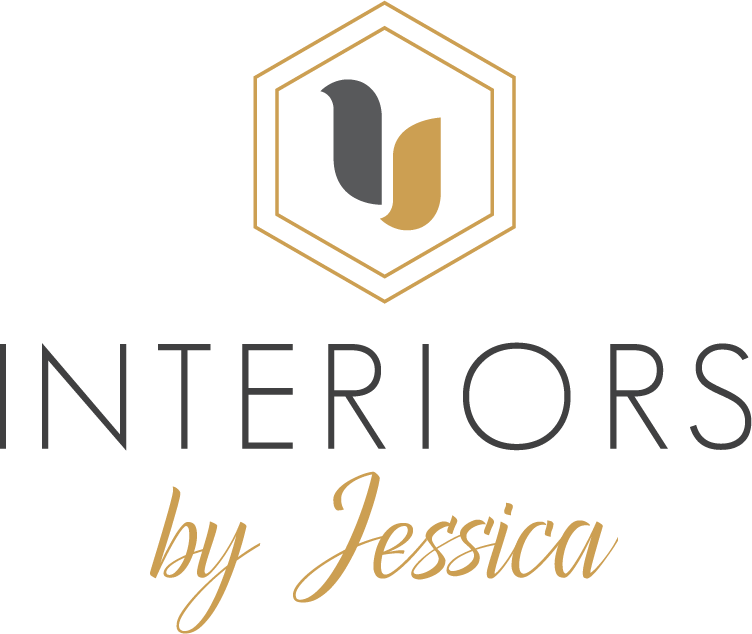If your first home is brand new, a kitchen makeover may not even be on your radar. However, if your new nest had a previous owner, then most likely refreshing (or renovating) the heart of your home is on the top of your list. A well-renovated kitchen increases the resale value of a property and as more families gather here to eat, cook, and entertain together, it is one of the areas first-time homeowners want to upgrade when taking possession! After all, we spend at least 3 times a day here, either prepping meals or devouring them.
Since we dedicate so much of our time in and around kitchens, I asked Marie McKinnon, from Chervin Kitchens, to be my guest and discuss what first-timers should know before embarking on a kitchen renovation. From their most common questions to kitchen zones, budgeting, and trends, this interview is packed with so much valuable information that I was only able to include but a few key points. Take some time to watch the whole interview, and I promise you will not be disappointed. It will be time well spent.
Most popular questions from homeowners: how can I turn my ideas into reality?
Most common misconceptions: unrealistic timelines and unrealistic budgets, courtesy of the IGTV Myth.
How long does the average kitchen renovation take (with no walls to tear down)?
About 4-6 weeks. However, it is wise to plan for a minimum of 6 weeks, especially when electrical and plumbing work is required. The next phase includes flooring, painting, and the installation of cabinets, followed by the templating of the countertops and the final touches. However, before you hire a contractor, before you make any purchases or decide on the style of the doors, you must tackle the layout of the kitchen. Listen to Marie:
“It’s a really good idea to start with the layout. You can choose any color you want, you can choose any countertop you want, but until you get that layout right, where the fridge is going to go, where the stove is going to go, the flow correct, I like to consider zones in a kitchen. Get those zones all lined up, how you function in a kitchen… that’s the most important thing to me. Once you’ve achieved that, then you can start adding on, it’s almost like layering the process”
Designing the rest of the home is no different. Functionality needs to be addressed first regardless of what space is being remodeled. Consider that the right design will always be tied to your lifestyle and your family dynamics. Tackle layout first, and worry about style and finishes later.

DITCH THE KITCHEN TRIANGLE. IT´S ALL ABOUT THE NEW KITCHEN ZONES.
Mari discards the popular kitchen-working-triangle and prefers to work around kitchen zones instead: prep, clean, and storage.
- Prep Zone: includes everything you need to cook with, and it is heavenly influenced by the distance between the stove and the sink. Ideally, this zone is where you will have the spices, utensils, pots, and pans, all placed at a comfortable reach from the stove to make your cooking more efficient.

- Your Clean Zone includes the sink, the dishwasher, and any recycle/compost area close by. Let´s face it, taking those extra steps to our recycle bin in the garage is not as encouraging as having a designated space for bottles and cans right by the Clean Zone.

- Storage Zone is all about the pantry, and the fridge.

As part of the layout-planning stage, consider all the special features you may want to add to your drawers like dividers for utensils, spices, pots, and pans, etc.
THE B-WORD
You know this renovation talk would not be complete if I didn´t mention the word budget. Be honest with your kitchen designer, the contractor, and yourself about what your ideal spending amount is. Remember, it is a balancing act between the vision in your head, your needs, and your pocket.
A few points to consider when budgeting:
- Door styles and additional features will affect the final price.
- If you cook a lot, invest in quality appliances.
- When considering custom built-ins, spend more money on quality materials.
- First-time homeowners will be wise to pay for better cabinetry and countertops.
- Renovating a kitchen in stages? Do the cabinetry and the countertop all at once. Backsplash, wall colors, and fixtures can always be upgraded after. If need be, Marie recommends to “Wait a little bit longer, get into that position where you can afford the big change because it’s going to be a more long-lasting change than a temporary change”.
- Find out the total estimate of your kitchen reno before you make any decisions.
- If upgrading the kitchen with the purpose of selling the house, evaluate the realistic sale value. A 50K dollar renovation is only worth it when you can get a good return on your investment.
THE TRENDS
- Even though grays are still going strong, the safest color is a version of white. Other colors and finishes worth considering are blue, natural wood tones (like oak, walnut, maple). Earth tones, and an almost unfinished or oiled wood on white.

Source Chervin Kitchens
- Best style for cabinet doors: shaker. It tends to go very modern or very traditional depending on the hardware, and on the rest of the decor elements around, like the backsplash and the lighting.

- Brass hardware has been in style for the past few years because of the sophistication they add to a kitchen.

- Avoid matchy-matchy. There is no need to match your hardware with the faucet nor the light fixtures. They just need to work well together. Marie recommends pairing a chrome faucet with brass hardware instead of brushed nickel, for example. Black lighting will go well with both too.
- Kids friendly kitchens or now called family kitchens, with spaces where kids can participate in the cooking process, putting away dishes and even prepare their own snacks and school lunches.
Kitchen design is about solving needs in a stylish way. Mari describes herself not as a kitchen designer but as a problem solver, which is why I enjoyed this conversation so much. As designers that is exactly what we do: solve daily-life problems with stylish solutions. Whether your renovation includes a kitchen overhaul or a small bedroom makeover, you must follow the same key principles: Determine your budget, design based on function, create a vision of the end result and plan it. Do all 4 before committing or making any purchases. ⠀





